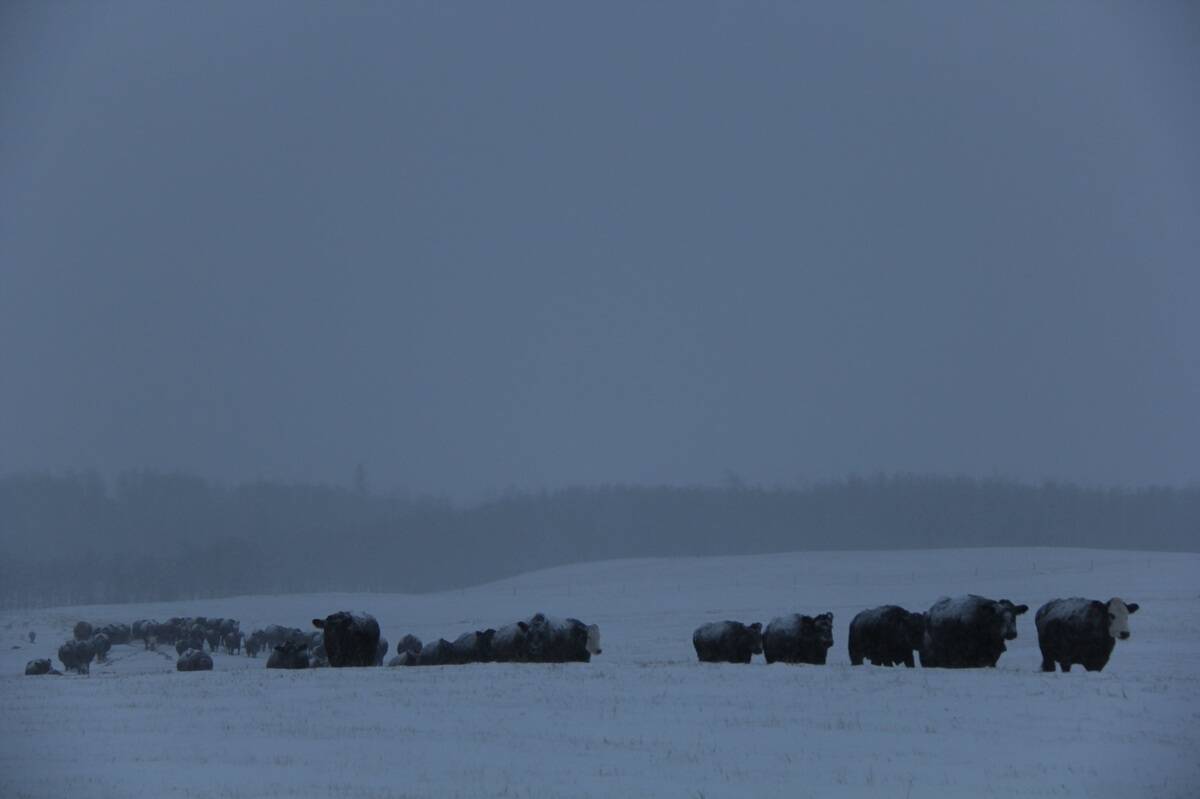Fed cattle
It’s uncommon to see fed cattle prices pick up through the month of July. However, this has been the case in the last two weeks in Alberta. Beef demand both domestically and globally has been strong and sellers continue to be current in their front-end supply, which has created some leverage.
The mid-July fed steer average rallied back from a low of $143.19/cwt at the end of June to a current $146.20/cwt. While the current average is down over $7/cwt from a year ago, it falls in line with both 2016 and 2017 during the same weeks. Demand for protein worldwide has helped to support fed cattle prices locally. This demand was evident in the recent release of beef export data, which showed that up to May of this year beef exports were up 19 per cent in volume and 31 per cent in value, with the two largest importers of product being the U.S. and Japan.
Read Also

Winter cereals on a beef cattle operation
Whether beef farmers and ranchers are grazing into the fall or need feed, winter cereals are worth a look.
The impact of China’s beef import suspension will not be known until the trade data is released in July. The effect will depend on how long the trade suspension is in place. Live cattle fed exports to the U.S., including cows, are 33 per cent higher than a year ago, at 250,988 head.
Deb’s outlook for fed cattle: The recent summer rally is likely short-lived as the strong seasonal tendency for late summer and early fall leads to more market-ready supply, larger carcass weights, slower beef movement, and as a result, a down-trending market. Global beef demand is expected to be supportive as we move through front-end fall supply. However, the seasonal downward trend will prevail in the coming month.
Feeder cattle
Feeder cattle volumes at auction through the start of July were seasonally low. Drought-related increases that were noted through June had dwindled as much of the Prairies received much-needed moisture. Prices on the light summer volumes varied greatly on sale and package size as well as quality. Calves weighing 550 lbs. sold at averages from $209/cwt to $215/cwt, with the average 550-lb. steer price in mid-July at $214.17/cwt. This was up slightly from the previous weeks, but still $7.33/cwt under the same week in 2018.
Heavier cattle numbers at auction have been low in recent weeks as well, with the mid-July average at $177.38/cwt for 850-lb. steers. This is nearly $18/cwt under the 850-lb. steer price during the same week a year ago. The cash-to-futures feeder basis is currently -4.29/cwt, which was an improvement from the second week of July at -13.19/cwt. Looking back to a year ago, the basis was wider than its current level at -9.48/cwt. Feeder cattle exports have slowed as numbers available decrease seasonally. However, the most recent data shows exports year-to-date up eight per cent to a total of 145,342 head.
Deb’s outlook for feeder cattle: The end of August will see yearlings start to move off pasture. However, concerns of lighter-than-normal supply are supported by the increased feeder exports in late 2018 and early 2019 as well as the poor pasture conditions at the start of the grazing season. Competition for fewer yearlings will further support the market as the price moves seasonally stronger in late August and early September.
In the near term, calf prices on light volumes should remain steady. However, the fall run will see seasonal pressure with prices determined by many factors. Cost of gain for the 2019 calf crop is expected to be lower than a year ago. Fall feed supply at this point pre-harvest looks favourable, with both silage and feed grain crop yields expected to be better than a year ago. This will be positive to the fall feeder run, but feedlot margins to date in 2019 have been tight, leaving buyers cautious.
Non-fed cattle
Demand for trim and grinding meats is at its highest through the summer months. At the same time, cows and bulls in Canada are out to pasture, leaving supply of non-fed cattle low. However, even with the lower availability and support from demand, the D1, 2 cow price dipped to a low of $84/cwt in early summer. At mid-July the average price had experienced a small rally to $86.50/cwt. Compared to a year ago, current prices are $5.30/cwt lower.
Butcher bull prices are also lower than a year ago. The current average at $110.30/cwt is down from a year ago, when the average recorded was $117.50/cwt.
Non-fed beef production in 2019 is up five per cent. This includes domestic cow slaughter — up six percent to 283,701 head — and a 14 per cent decrease in bull slaughter to 7,394 head. However, exports of bulls to slaughter are still higher, up three per cent to 21,785 head.
Deb’s outlook for non-fed cattle: The fall run will also see the typical increase in cull cattle coming to town. Recent rains should hold pasture condition, which will lead to a more typical time frame for cows to start coming to town as opposed to a drought year in which we see early movement. In the coming months, producers will assess their winter feed stocks and make management decisions regarding how many cows to sell and when to sell them. The increased numbers through the fall will pressure the market seasonally lower. However, how extreme the decline will be will largely depend on how much forage is put up in the coming month.
















